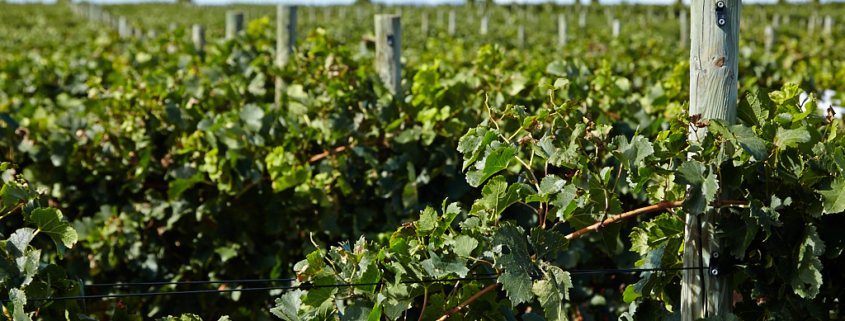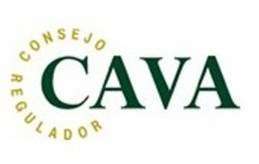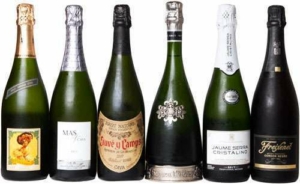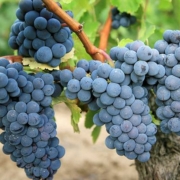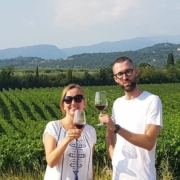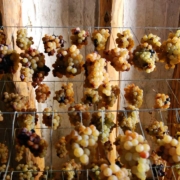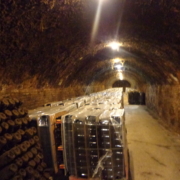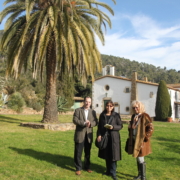DO Wines Spain – Cava Spanish Wine D.O. Region
Our Gourmand Breaks DO the Vineyards series is covering some of the great Wine Regions of Spain like our previous posts of the Ribera del Duero and Bierzo DO Wine Regions.
With the Christmas holidays just around the corner, now is the perfect time to introduce some bubbles and the Cava D.O region of Spain. Cava is a sparkling Spanish wine that is permitted to be produced in various wine regions, however the majority is produced in the Penedès area of Catalonia.
Quality Spanish wines are classified, using a system called the “Denominación de Origen” or “D.O.”, which in English translates as “designated origin”, to determine where they were produced. Spanish wine laws first created the “D.O.” system in 1932 and each “denominación” D.O. has its corresponding regional regulatory council or “Consejo Regulador”. The Cava Denominación de Origen (D.O.) was officially recognized in 1986.
Because of its immense impact on the culture and economy of Catalonia, Cava (Spanish sparkling wine) has its own Destination of Origin (D.O.). Cava comes in four variations: brut, dry, semi-dry and sweet. This celebrative libation—made from Macabeo, Parellada and Xarel-lo grapes—is usually served in a glass flute to highlight the bubbles sparkling upward.
Cava holds a special place in the hearts of Catalans because it represents the viticultural renaissance Catalonia had in the mid-19th century. A phylloxera epidemic had previously wiped out almost all the region’s vineyards—many of which had been growing grapes for centuries. But when the microbiological research of Louis Pasteur was used both to overcome this epidemic and enable control of the second fermentation for sparkling wines, Catalonia’s vineyard culture was revived. The joy of this revival can also be seen in the great care some of the most popular Modernist architects put into new wine cellars, like the one at Codorniu by Puig i Cadafalch.
Cava originated in Sant Sadurní d’Anoia with the research and experimentations of people like the Raventós family, who still own Codorniu cava. Sant Sadurní d’Anoia still produces 75 percent of the 200 million bottles made every year in Catalonia. This is also where Cava Week is held in the beginning of October, complete with a Cava Queen, her speech and a train to tour different cellars.
Sant Sadurní d’Anoia and its surrounding areas in the Penedés region are ideal for cava production because its soils are calcareous and permeable to water while the typical Mediterranean climate offers many sunny days during mild winters and not excessively warm summers.
Cava DO Wine Region of Spain White Grape Varieties: Mostly Macabeo, Parellada and Xarel-lo, but in a few areas Chardonnay, Subirat Parent, Malvasia Riojana
Cava DO Wine Region of Spain Rosé Grape Varietes: Garnacha Tinta, Monastrell, Trepat, Pinot Noir
If you love Sparkling Wine you can’t miss the Cava Wine Region of Spain! To learn more about the cava-making process join us on a private wine tour including the Cava DO Wine Region of Spain: Private Luxury Wine Tours
Just some fantastic Cava Wineries in Spain you could be visiting :
- Agustí Torelló Mata
- Codorníu
- Albet i Noya
- Gramona
- Segura Viudas
More of our Gourmand Breaks DO the Wine Regions of Spain:

